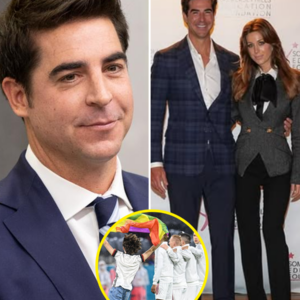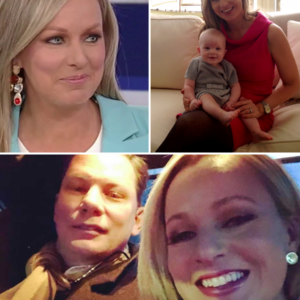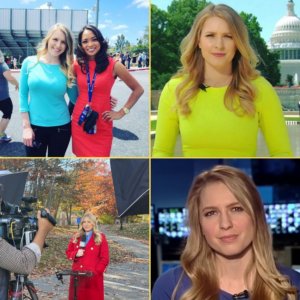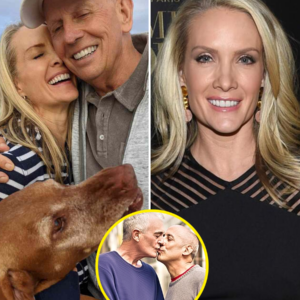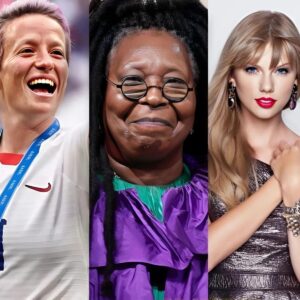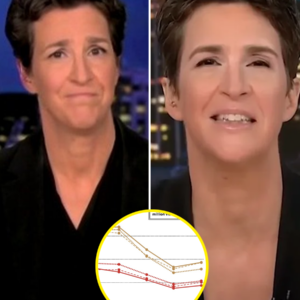Can’t decide whether or not they even want a last name, finally pick one, and proceed to change it multiple times to make things as confusing as possible. This is literally what is written on their official website:
“Members of the Royal Family can be known both by the name of the Royal house, and by a surname, which are not always the same. And often they do not use a surname at all.”
Truly never seen a string of words so completely unserious. All that said, when the British royals do use a last name, it’s typically Windsor. Or, er, Mountbatten-Windsor, sometimes but not always. Basically it’s a whole confusing saga, so settle in for a quick — actually interesting! — history lesson. But first, enjoy this photo I just found of King Charles and a massive bird:
gettyimages-482287100© Max Mumby/Indigo – Getty Images
The Royals Debuted “Windsor” in 1917
The British royals spent the majority of their long, Game of Thrones-esque history without a last name. Which, fair enough. Who needs one when you wander around with “King” or “Queen” in front of your first name?
According to the royal website, “Kings and princes were historically known by the names of the countries over which they and their families ruled.” And when they wrote their signature on official documents, they simply jotted down their first names, a “tradition in the United Kingdom which has continued to the present day.”
gettyimages-1166205493© Print Collector – Getty Images
Then George V, aka this guy ^^, came along in 1917 and decided to switch things up, declaring that he and all his descendants would be going by Windsor. Both in a “House of Windsor” capacity and as an official last name, should one be needed.
So, Why Windsor?
Before George V picked Windsor, the royals were going by the “House of Saxe-Coburg and Gotha.” He switched it up due to anti-German sentiment following World War I (specifically after an aircraft called the Gotha G.IV bombed London) and went with the very posh-sounding Windsor in honor of Windsor Castle. Here’s the official proclamation, which was printed in the London Gazette on July 17, 1917.
“Now, therefore, We, out of Our Royal Will and Authority, do hereby declare and announce that as from the date of this Our Royal Proclamation Our House and Family shall be styled and known as the House and Family of Windsor, and that all the descendants in the male line of Our said Grandmother Queen Victoria who are subjects of these Realms, other than female descendants who may marry or may have married, shall bear the said Name of Windsor…”
Since the name is relatively new, there have only been five monarchs repping the House of Windsor thus far: King George V, King Edward VIII, King George VI, Queen Elizabeth II, and, of course, this guy:
gettyimages-1252748658© WPA Pool – Getty Images
But! Non-Titled Royals Have an Entirely Different Last Name
Because they wanted to make things as complicated as humanly possible, in 1960, Queen Elizabeth II and her husband Prince Philip decided to create a brand-new last name for their untitled descendants which honored both their families: Mountbatten-Windsor. But please be advised that they didn’t change the name of the House, which was/is still House of Windsor.
The Queen and Philip in 1960, when they debuted Mountbatten-Windsor.© Bettmann – Getty Images
As the royal website puts it, “The Queen’s descendants, other than those with the style of Royal Highness and the title of Prince/Princess or female descendants who marry, would carry the name of Mountbatten-Windsor.”
Example? King Charles’s niece and nephew, Lady Louise and James, use the last name Mountbatten-Windsor.
gettyimages-1240043752© WPA Pool – Getty Images
But the name can also be used by titled royals like Prince William if they need to write their last name on official documents. Per the website:
“For the most part, members of the Royal Family who are entitled to the style and dignity of HRH Prince or Princess do not need a surname, but if at any time any of them do need a surname (such as upon marriage), that surname is Mountbatten-Windsor.”
